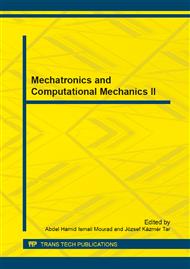p.39
p.43
p.49
p.53
p.57
p.65
p.69
p.77
p.81
Research on Horizontal Well Inhibiting Water Coning and Tapping the Potential of Remaining Oil
Abstract:
The effects of well type, water extraction time and water extraction quantity on the control of bottom water coning are studied by analytical method. The results suggest that a reservoir with low vertical permeability and interlayer above the water oil contact would have good effect of water extraction and cone control. The effect of water extraction with horizontal well is better than vertical well; the earlier the water extraction is applied, the better the effect of water control is obtained; the larger the quantity of water extraction is, the more obvious is the water control effect, and water extraction time and water extraction quantity has optimal value. In addition, water extraction and cone control is not effective to all bottom water reservoirs that are developed with horizontal well. If the vertical permeability of reservoir is high and have not effective block off of interlining or interlayer above the water oil contact or the water body is giant, the water cut of horizontal well will go up rapidly and the effect of water extraction will be difficult to achieve.
Info:
Periodical:
Pages:
57-64
Citation:
Online since:
February 2014
Authors:
Keywords:
Price:
Сopyright:
© 2014 Trans Tech Publications Ltd. All Rights Reserved
Share:
Citation:


